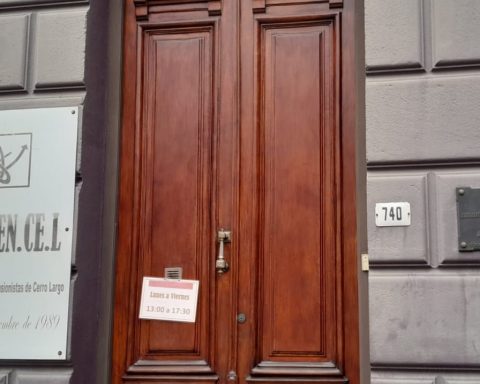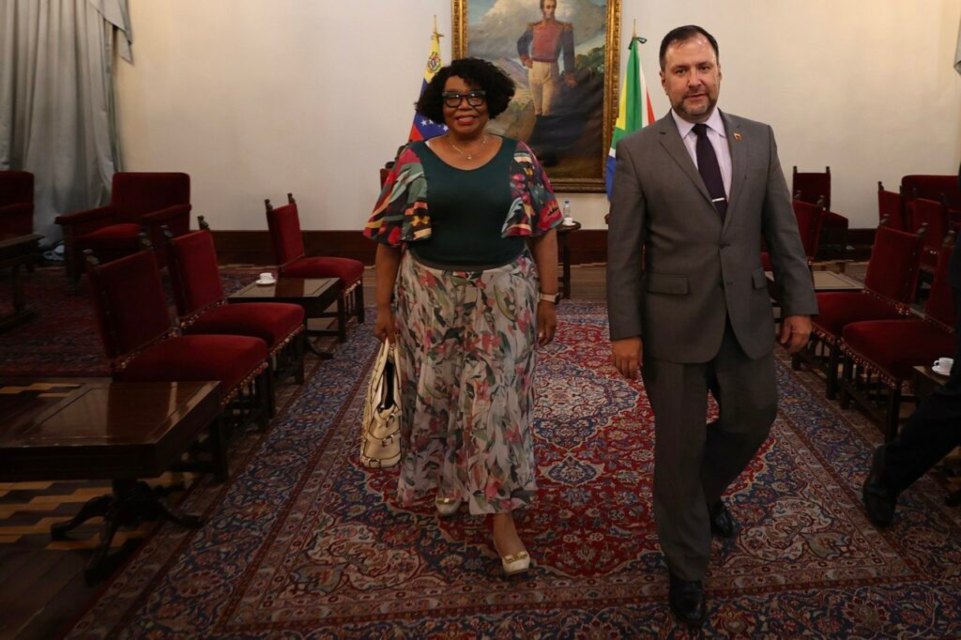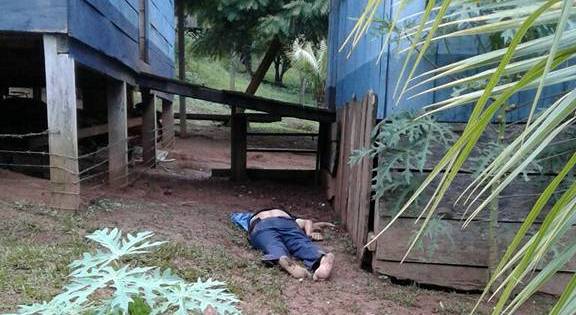He UTE Directory approved last thursday a new incentive for the installation of heat pumps. In this case intended for the incorporation of this type of equipment to heat pools for non-domestic uses (clubs, municipal swimming pools, hotels) that replace their current energy or incorporate this technology in non-heated pools.
The company will apply a trade rebate of US$200 per kW of installed heat pump electrical power. The full amount of the benefit will be deducted from the customer on future utility bills over a 12-month period.
The heat pump is an electrical equipment that takes air from the environment and through a heat exchanger heats the water through a pipe in a closed circuit. It can be used for heating water in swimming pools, for residential heating (feeding underfloor pipes or the central heating of a building); and for domestic hot water in sports clubs, hotels and medical institutions.
entry barrier
The president of UTE, Silvia Emaldiexplained to The Observer that the heating of larger swimming pools requires investments that can constitute an entry barrier to this technology, even though the profitability is positive in the medium term if smart rates are used, such as triple time.
According to the information collected by the joint venture between suppliers in the market, an average cost of the equipment is estimated at US$ 1,000 without VAT per electric kW. The mentioned price does not include the expenses corresponding to the installation, since said costs present a considerable variability depending on the particular case.
In this sense, the company considers relevant “to stimulate” the penetration of this technology, since From the survey carried out, it is estimated that there may be around 200 swimming pools for non-domestic use that could incorporate heat pumpsEmaldi explained.

Photo: Leonardo Carreno.
Emaldi pointed out that heat pump technology has been imposed in the world due to cost efficiency and care for the environment.
savings by consumption
An institution with a 100 m2 closed pool that currently uses a natural gas boiler for heating, it has an annual energy demand of approximately 261,500 kWh. This represents a natural gas consumption of 30,100 m3 and a cost of $1.44 million per year (about US$37,224 at current exchange rates).
An alternative could be the installation of an electric heat pump with a nominal power of 40 kW. Estimated operating costs for this option would be around $395,000 per year (about US$10,200).
Thus , the estimated annual savings for the clientconsidering the current price of energy, would be $1,045 million (about US$27,000).
The investment required for the installation of the heat pump would include an equipment cost of approximately US$40,000 and an installation cost of US$20,000. In total, the necessary investment would amount to $2,327,400 (US$60,000).
How much is the benefit granted by UTE?
Based on this analysis, the characteristics of the technology and the entry barrier detected for the detailed segment is that it was proposed to make a commercial discount of US$ 200 per electric kW, that is, nominal electric power consumed by the exclusively associated heat pump. to pool heating.
By way of example, a customer who purchases a 20 kW electric power heat pump to heat a swimming pool may obtain a total bonus of US$4,000, equivalent to $155,000 that will be discounted over 12 months.
According to Emaldi, it is a discounted product that was in great demand by sports clubs and municipalities, among other institutions. “A project requires an investment of about US$ 60,000, but in five and a half years it is repaid, and from there it is all profit, with a technology that has an estimated useful life of 15 years”, express. Soon there will be a plan for hospitals and sanatoriums.

joint venture
Heat pumps in buildings
The product named “Central Comfort” It is designed for new or existing buildings. For this reason, it seeks to encourage the replacement of heating systems through wood, diesel or fuel oil boilers, by others with heat pumps, integrated with (smart) hourly rates that guarantee a lower operating cost.
UTE subsidizes residential or office buildings that install a heat pump associated with a service with contracted power greater than 40 KW for water heating and/or central heating.
The bonus consists of a discount on the charge for maximum power of the Medium Consumer Rate for a period of 10 years and according to the following detail: 90% in the months of October to March, and 35% in the months of April to September .
The cost per unit of heat generated with a heat pump is significantly lower than any other energy source.

joint venture
In this sense, Emaldi explained that electrical energy from renewable sources combined with the maximum efficiency of the heat pump is an energy solution that is compatible with the environment, and with the economy of the country and the end customer. That is, environmentally friendly buildings and lower common costs for heating.
Another important factor is the low maintenance costs compared to systems based on fossil fuels.
A study carried out by UTE and Appcu indicates that there are one 1,000 buildings in Uruguay that could make use of this product and obtain benefits.
Other incentives for use in buildings
Last year an agreement was signed between UTE and the Association of Private Construction Promoters of Uruguay (Appcu), whichIt includes new buildings and housing complexes. In this way, discounts on new supplies are granted to builders who install electrical technologies such as heat pumps, class A air conditioning, electric stoves and built-in ovens, among others.
Companies have access to a discount of 100% of the monthly cost of provisional electricity supply service for 24 months for a set of up to 30 units, and for 36 months for buildings of more than 30 units.
Water heating in industries
Since May another product called “Solutions for water heating” which is aimed at clients that generate steam using fossil fuels or firewood, that partially or totally replace the current heating of water with steam and that incorporate new heat pumps for that use.
For these cases, 2,000 hours are offered (at times of low marginal cost of generation) with a commercial discount on energy prices, which results in a price of US$ 30 MWh, and in a contract of up to two years. The connection rate associated with the power of the equipment is also subsidized if it were necessary to increase it. The availability of discounted hours is notified 24 hours in advance. In this first stage, it is expected to reach some 20 companies that present projects.

















